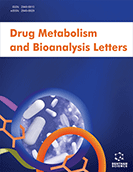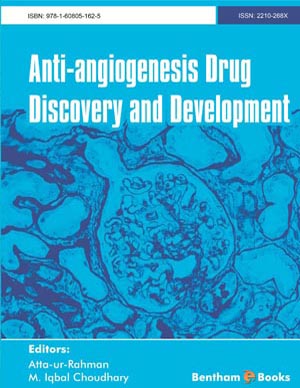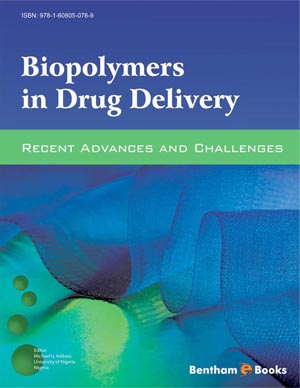Abstract
Proteomics has been gaining increasing attention in order to understand the relevance of the genomic information available through high throughput DNA sequencing and microarray techniques. Proteomics can be viewed as an experimental approach to explain the information contained in the genomic sequences in terms of the structure, function and control of biological processes and pathways. It thus systematically analyses the proteins expressed in the cell. It is well known that several modifications of proteins like posttranslational modifications and splicing are not visible at the DNA level but alter the functions of the proteins involved greatly. These can be envisaged at the protein level wherein the functions can be assigned. Coherent strategies and technologies are required to elucidate protein expression, interactions and functions. The most well established approach to the identification of proteins and their separation is the 2-D PAGE. It allows the resolution and identification of proteins from a wide variety of sources without understanding their functions. There are limitations to this approach, which lacks sensitivity and its inability to separate effectively hydrophobic membrane proteins. The technique however remains the leader methodology for delivery of protein expression and for recording change in protein structure. Recently mass spectrometry has become the method of choice for the identification and characterization of proteins after their purification. In the current methods of mass spectroscopy the protein is identified from fragments and as such does not yield information about posttranslational modifications. Its application is still at a developing stage and in future it will be one of the leader techniques for depicting protein structure. Proteomics has recently seen advancement in the form of microarray technique. Microarray based analysis is a high throughput technology, which can be performed at a dynamic range and also has the added advantage of performing functional proteomics. Its ease of operation and ability to control key parameters such as temperature, pH and cofactor concentrations makes it suitable to automation. This review will essentially focus on the different mass spectroscopy approaches being used to identify and characterize proteins from diverse sources and the developments in protein array technology.






















